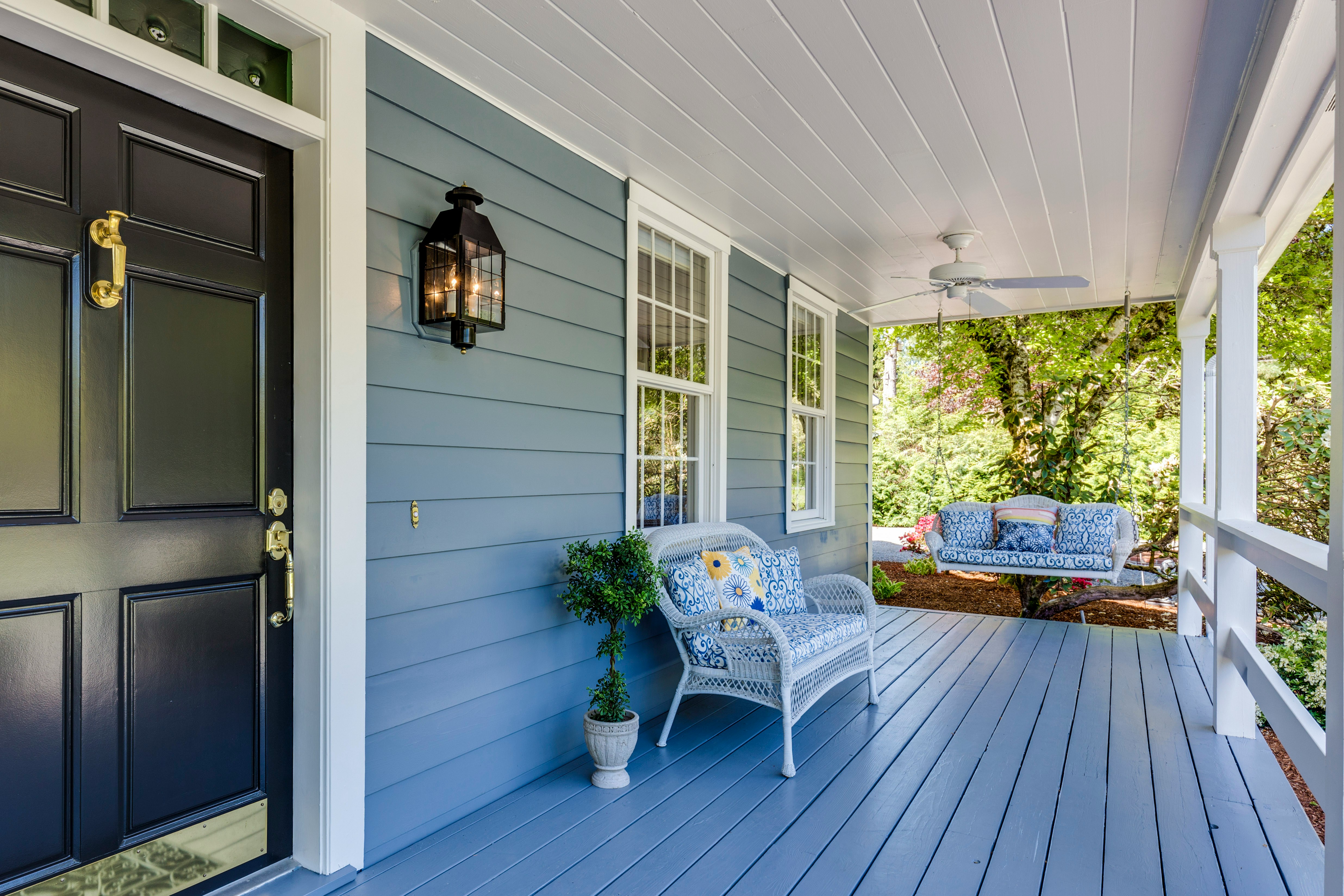Capitalizing on the Growing Demand for Wellness Real Estate
As we continue to spend more time at home, wellness real estate—properties designed with our physical and mental health in mind—has become an intriguing prospect for both buyers and investors. With many recognizing the value of living in spaces that actively contribute to their well-being, this burgeoning sector is creating a significant paradigm shift in the property market. This article dives into the rise of wellness real estate, its current market trends, and the potential it holds for buyers, sellers, and investors.

A New Dawn: The Emergence of Wellness Real Estate
The concept of wellness real estate, although relatively new, is rooted in ancient architectural practices like Feng Shui and Vastu Shastra that prioritize harmony between the inhabitant and their environment. Recently, this idea has been revitalized and modernized to provide living spaces that promote physical health, mental well-being, and a strong sense of community. With elements like natural lighting, air filtration systems, green spaces, and fitness amenities, wellness real estate aims to enhance the quality of life of its inhabitants.
Riding the Wave: Current Market Trends in Wellness Real Estate
The wellness real estate market was valued at $134.3 billion in 2017 and is projected to reach $180 billion by 2022, according to the Global Wellness Institute. This growth is attributed to increasing health consciousness among consumers and a growing acknowledgement of the role our surroundings play in our overall well-being. As a result, properties that prioritize wellness are becoming more desirable and are commanding higher prices, offering lucrative opportunities for investors.
The Strategy Unpacked: Investing in Wellness Real Estate
As the wellness real estate market matures, it’s important to understand the intricacies of investing in this sector. The benefits are manifold—properties that focus on wellness sell at a premium, offer higher rental rates, and generally maintain better long-term value. However, investors need to be aware of the high upfront costs involved in creating wellness-centered properties and the fact that the market is still in its nascent stages, which could pose certain risks.
Impact Analysis: The Effect of Wellness Real Estate on Buyers, Sellers, and Investors
For buyers, wellness real estate offers an improved living environment that can have tangible health benefits. Sellers and developers can benefit from the premium prices these properties command. Investors, meanwhile, can capitalize on the growing consumer interest in wellness-focused living. However, it’s important to remember that as this market grows, so too will competition.
Making Sense of It All: Understanding the Future of Wellness Real Estate
The wellness real estate market is poised for robust growth in the coming years. As more people prioritize health and wellness, the demand for properties that cater to these needs will only grow. For buyers, sellers, and investors, understanding this emerging market could lead to healthier lives and healthier bottom lines.
In conclusion, wellness real estate represents a dynamic and promising sector within the property market. As our understanding of health and wellness evolves, so too will our living spaces. The potential of wellness real estate is just beginning to be realized, making it an exciting space to watch for anyone interested in real estate.




